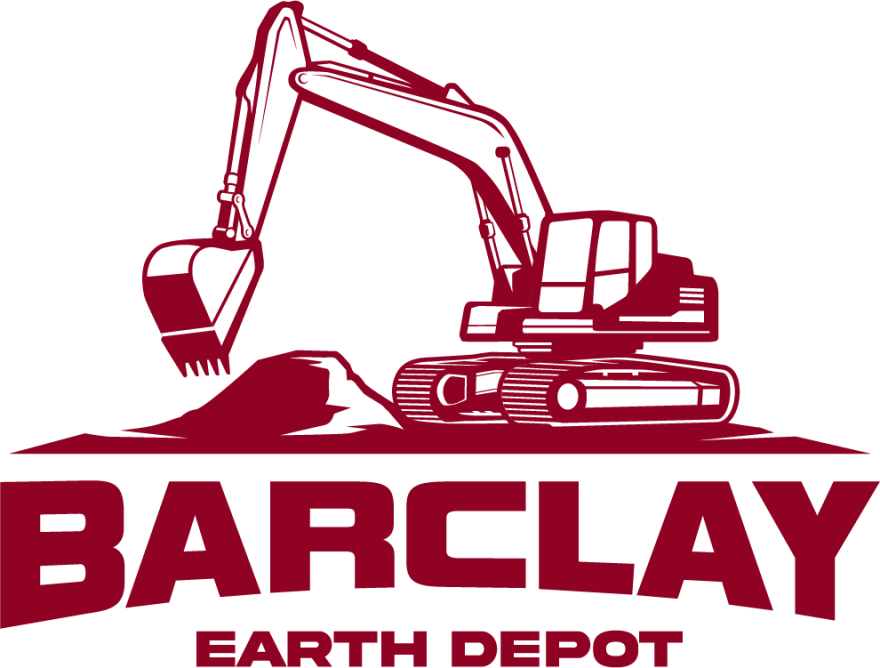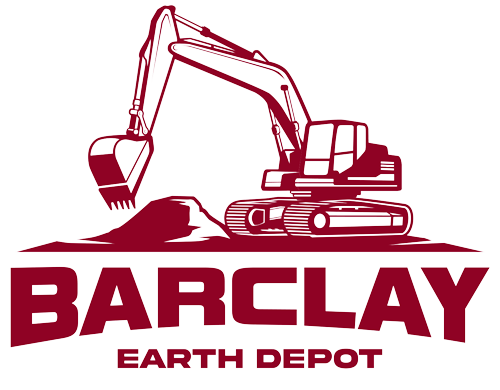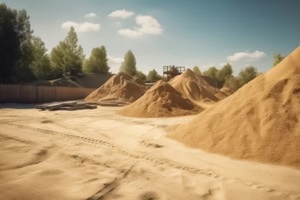 When starting a new build, you’ll need to pick the right materials. Two common options are gravel and construction sand. Exploring both, including the pros and cons, will help you make the best decision based on your project’s needs.
When starting a new build, you’ll need to pick the right materials. Two common options are gravel and construction sand. Exploring both, including the pros and cons, will help you make the best decision based on your project’s needs.
What Is Sand?
Construction sand is made up of small, weathered rocks and minerals. Sand can range from coarse to fine depending on the grade but usually feels gritty to the touch. When packed down, sand makes a fairly soft, stable surface. But loose sand is prone to shifting around.
The gaps between the grains allow water to drain through quickly. This makes sand a great pick where you need water to drain fast. It also tends to be inexpensive and easy to source.
The Advantages of Choosing Sand
Sand has some useful qualities that make it the right fit for specific applications:
- Rapid drainage – The spaces between the grains let water drain rapidly. This makes sand ideal for flood-prone sites.
- Cushioning for play – Sand creates a soft, somewhat movable surface perfect for playgrounds, sandboxes, and beaches. It cushions falls, thereby providing safer play zones for children. Remember, though, that construction sand can be coarser than sand graded for play areas, so make sure you’re using the right sand for the job.
- Smoothing out surfaces – Sand easily fills in dips and levels uneven spots to create flat areas for sports fields, patios, walkways, and more.
- Stabilized bases – When packed down, the angular grains interlock to make a stable base beneath pavers, tiles, bricks, and other materials.
The Potential Disadvantage of Construction Sand
But sand isn’t perfect. There are some downsides to consider:
- Not great for foundations – Sand lacks the dense compaction you need for structural foundations to bear loads. Gravel or concrete would be better options.
- Can erode – Uncontained sand tends to shift and erode without proper maintenance and barriers.
- Requires replenishing – Sand levels sink over time, forming holes, so periodic replenishing is necessary to maintain proper coverage and safety in applications such as playgrounds and sports courts.
- Poor traction – Vehicles can easily spin out on sandy surfaces. Hence, gravel or concrete is a better solution for driveways and parking areas.
What Is Gravel?
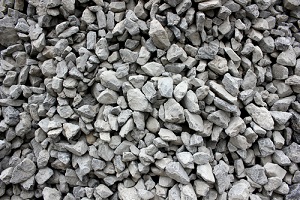 Gravel consists of small rocks ranging from pea-sized to several inches across. The angular gravel pieces interlock when compacted to form a solid and stable surface. Gravel allows water drainage while maintaining structure.
Gravel consists of small rocks ranging from pea-sized to several inches across. The angular gravel pieces interlock when compacted to form a solid and stable surface. Gravel allows water drainage while maintaining structure.
For decorative projects, gravel comes in various pleasing colors, textures, and sizes. However, attractive decorative gravel does cost more than plain gravel.
The Benefits of Gravel
As with sand, gravel offers some compelling benefits that make it the right choice in many situations:
- Drainage and erosion control – Water drains rapidly through gravel without displacing the stones, preventing erosion.
- Visually appealing – Decorative gravel creates an elegant finish for gardens, patios, driveways, walkways, and parking areas.
- Sturdy surface – Compacted gravel forms a highly stable base for heavy structures, vehicles, and equipment.
- Low maintenance – Gravel withstands weathering and needs little ongoing care compared to high-maintenance lawns or sandy areas.
- Deters weeds – Gravel landscapes are largely weed-free since rocks don’t nourish plants, meaning you need to spend less time weeding.
- Good traction – Gravel driveways provide excellent tire traction for safer driving and walking.
The Downsides of Gravel
Gravel does come with a few cons to keep in mind:
- Not for play spaces – Gravel’s rocky, uneven nature makes it unsuitable and potentially unsafe for children’s play areas. Sand provides a much softer, safer surface for playgrounds.
- Can scatter over time – Uncontained gravel can shift and sink into the soil below. Installing proper edging and occasionally resetting the gravel can help prevent too much displacement.
- Permanent installation – Gravel is extremely labor-intensive to remove once installed, so it’s a good idea to ensure you’ll enjoy the look over the long term.
- Generates Noise – Walking or driving on gravel creates a crunching, grinding noise, which may not work for all locations or neighbors.
Choosing Between Sand and Gravel
When selecting sand or gravel, consider factors such as:
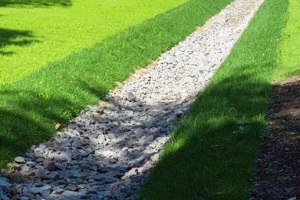 Drainage requirements – Assess if the application requires full, rapid drainage or if some standing water is okay. While sand and gravel promote quick drainage, water drains faster with gravel.
Drainage requirements – Assess if the application requires full, rapid drainage or if some standing water is okay. While sand and gravel promote quick drainage, water drains faster with gravel.- Necessary structural strength – Sand shifts more than gravel when subjected to a lot of weight, so gravel is a better option for heavy structures, as it compacts really well.
- Visual appeal – Sand and gravel come in various colors and textures for unique decorative finishes. Choose what complements your landscape design style.
- Upkeep efforts – Sand requires more frequent replenishing than gravel. Make sure you can sustain the required maintenance over the long term.
- Budget – Plain sand is very affordable, while decorative gravel can be pricey. Find an attractive look that is within your budget.
Make the Right Choice Between Gravel and Construction Sand with Help from Barclay Earth Depot
Choosing between sand and gravel depends on drainage, stability, maintenance, and budget. There’s no universal best option—it comes down to selecting the right fit for each application.
Barclay Earth Depot’s team of experts can help you choose between our top-quality construction sand or gravel, based on your particular application, to ensure you get the material that meets your build’s unique needs. Contact us today at (941) WE-DIG-IT or online so we can help you source the perfect materials for your next project.
